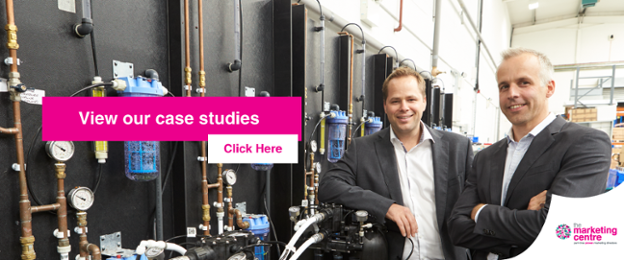I was fortunate enough to be at Gulfood 2019 at the Dubai World Trade Centre last week where over 5000 exhibitors showcased over 20 000 brands and 100 000 visitors from around the globe come together to savour and trade in all things foodie. It is billed as the World’s largest annual food and beverage fare in the Middle East.
So what does this have to do with marketing you ask?
Well, while walking through an equivalent volume of 8 football fields of product stands and displays I asked myself, “how do all of these brands stand out from their competitors?” I was there as a snack product producer looking for innovative ideas for our markets and was overwhelmed by the sheer volume of choice. I was able to develop my buying plans in line with the hottest emerging consumer trends, as demonstrated by experts in international retail and food service but who to choose?
Short of me going to each stand (which I did anyway) I switched hats and started to look at how each supplier tried to segment, target and position their offering (whilst placed in a hall with 50 other suppliers just like them all selling “rice” as an example). Without diligently doing mental maths about which of McCarthy’s 7 Ps from the ‘60s I was experiencing, here are some insights that I gleaned from walking myself ragged…
1. What “sensory disruption” do you use to set your scene?
As potential buyers walk past, what makes them stop and look? What is your “billboard” moment that allows a viewer to understand your value offering within 3 seconds?
It could be your stand design, lighting, scent, AV display, product demonstration or sample offering using brand ambassadors. Do you have floor space for potential customers to enter your experience? Can you set up pre-determined meeting times to add some structure to the potential ensuing chaos?
2. Once you have made that eye contact, what’s your sales pitch?
Do you have the ability to read someones’ body language to gauge whether they want assistance & information about your product or are just walking by browsing? Multiply that tipping point by 100 000 delegates walking past over 4 days and that task becomes quite an art form.
After viewing rows and rows of rice, lentils and beans, a display showcasing Fox Nut (Makhana also known as Lotus Seed) as a healthy snack caught my eye because it was new to me and I was greeted by a huge smile and a “Which beautiful country are you from, sir” introduction.
3. Who lives and breathes your brand?
At the above mentioned stand, we engaged with a very knowledgeable gentleman who, it turned out, was one of the directors of the business. His passion for the product and extensive knowledge of its health benefits was a great selling point. His honesty in terms of stating that the agro-processing of this product was labour intensive making it more expensive than other snacks, was a refreshing alternative to the “stack em high, watch them fly” low cost sales pitch often seen in commodity trading today. I may not buy his product but I will definitely remember his brand!
That was in stark contrast to many other stands where it was clear that brand ambassadors had been hired to look and speak the part but the soul of the brand was missing in those engagements. Those felt like cold AI transactions vs. a personal “meeting of minds” experience.
The job of a brand ambassador is to be the face of the brand, to create a bond of trust between your brand and your target consumers. Like any credible role, this requires a thorough search and selection process, skills testing, cultural mapping and matching, and a fit-for-purpose training programme.
4. How do you close the sale?
In a large show of this nature, closing the sale may not be an immediate process as potential customers may need time to mull over the offering, crunch the numbers or even, check with head office when they head back to their country of origin.
Stands that catered for this process, were more bustling than those who did not plan ahead. Successful stands had multiple “negotiation” tables complete with product information packs, calculators to work out forex variances, bulk volume FOB rates and sample packs for those serious prospectors to take away with them. Be prepared to make the sales process as effortless as possible!
Although I was specifically looking for snack items at this fare, I could have easily used the same marketing audit process across any number of industries and the same truths would apply. Human relations are quite simple…we just sometimes make them complicated.
Your future success depends on setting a solid - but simple - plan. If you’d like some help with that, talk to us. At The Marketing Centre, we have a large team of highly skilled, part-time proven Marketing Directors ready to share their abundance of diverse know-how with you.
Give your growing business the expertise it deserves. Contact us today.




